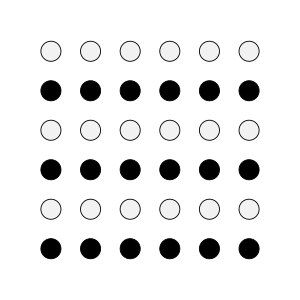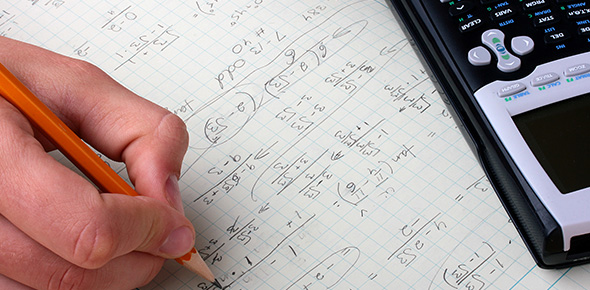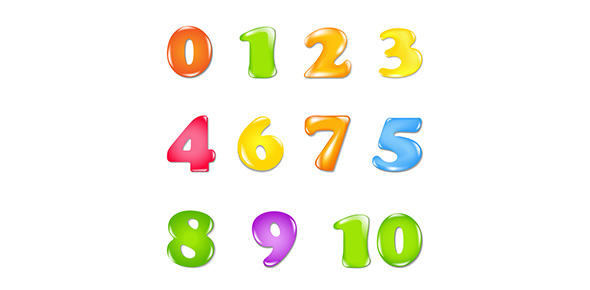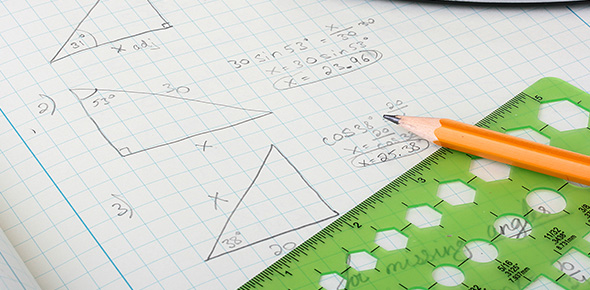Related Flashcards
Related Topics
Cards In This Set
| Front | Back |
|
What do the gestalt principles of visual perception refer to?
|
Ways in which we organise the elements in our visual field by grouping them into a perception of a whole, complete form in the simplest way.
|
|
What is figure ground, give an example?
|
 Perceptually separating the figure from then ground - using an existing or inferred contour |
|
When does camouflage occur?
|
When the figure and the ground are not easily separated and it restricts our mental ability to attach contours to the figures to separate them from their ground.
|
|
What is closure? Give an example?
|
 Objects grouped together are seen as a whole Perceptual tendency ignore gaps and complete contour lines in the visual stimulus and perceive objects as complete |
|
What is similarity?
|
 The tendency to perceive stimuli or parts of a visual stimuli that have similar features as belonging in a group or whole |
|
Where is similarity applied?
|
In designs such as uniforms
|
|
What is proximity? Give an example?
|
 The tendency to perceive parts of a visual stimulus that are positioned close together as belonging together in a group. - These 9 squares are placed without proximity, and seen as separate squares - When they are put together, unity occurs and they are seen as a group |







